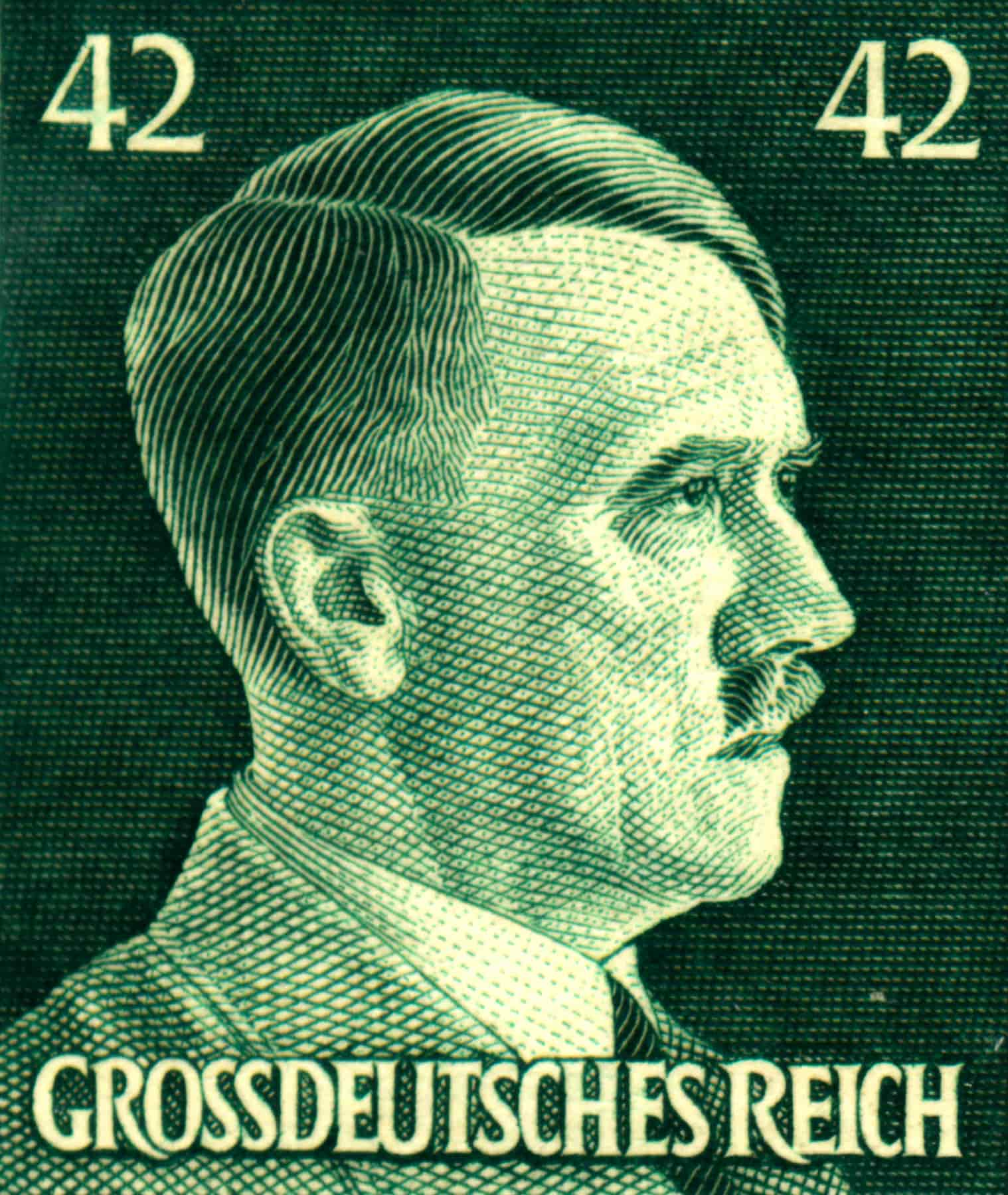Hitler’s Real Last Name: Schicklgruber
The origins of Adolf Hitler's last name are unclear today because there are doubts about the legitimacy of his father's last name, Alois Schicklgruber.

The origins of Adolf Hitler's last name are unclear today because there are doubts about the legitimacy of his father's last name, Alois Schicklgruber.

